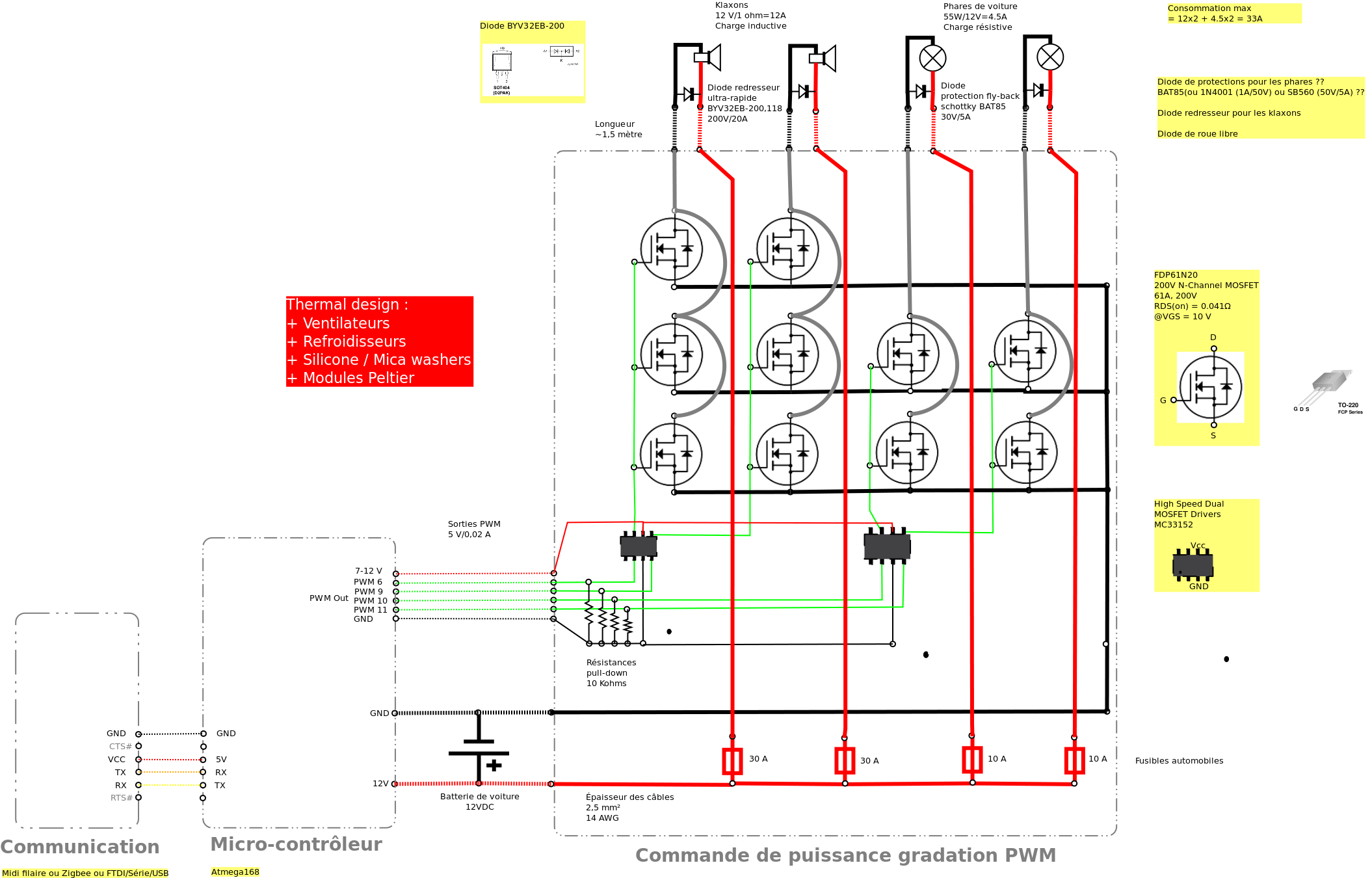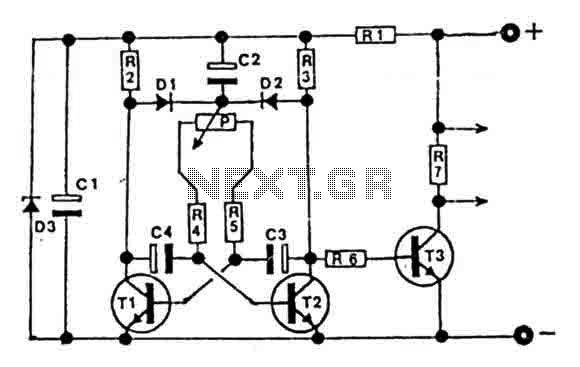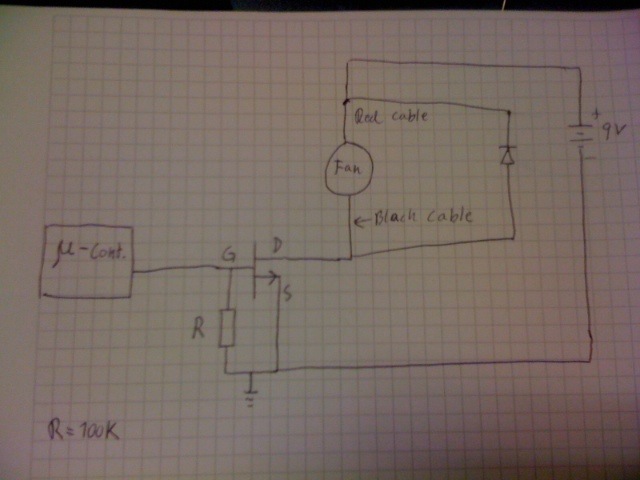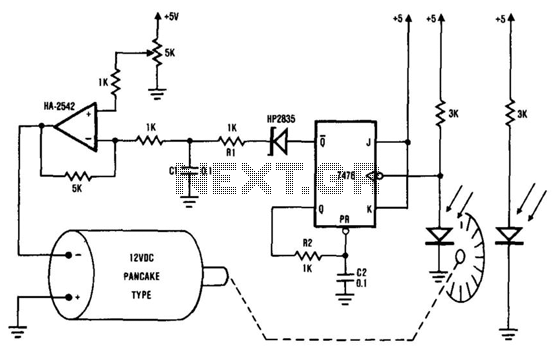
BC 109C For Tone Control
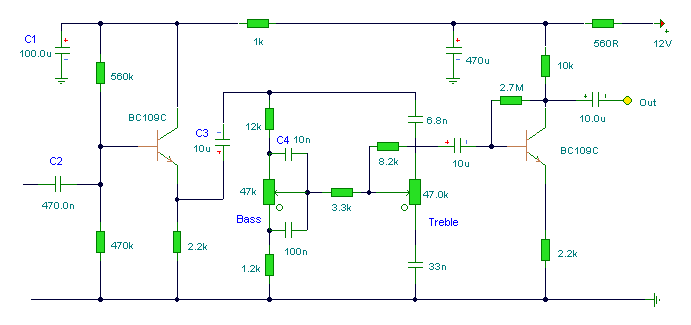
The following circuit illustrates the BC 109C used in a tone control circuit diagram. Features include attenuation of all audio frequencies and high input impedance.
The BC 109C transistor is a versatile component often utilized in audio applications, particularly in tone control circuits. This circuit typically aims to adjust the tonal quality of audio signals by modifying frequency response characteristics. The configuration may involve a combination of resistors and capacitors arranged to form high-pass and low-pass filters, allowing for selective attenuation of specific frequency ranges.
In a typical tone control circuit utilizing the BC 109C, the high input impedance is crucial as it ensures minimal loading on the preceding stages of the audio signal chain. This characteristic allows the circuit to maintain signal integrity, preserving the quality of the audio signal being processed.
The circuit may employ a potentiometer to provide variable control over the tone adjustments, enabling users to boost or cut bass and treble frequencies according to their preferences. The output of the tone control circuit can be fed into a power amplifier or other audio processing units, where the adjusted audio signal can be further manipulated or amplified.
Overall, the BC 109C tone control circuit is designed to enhance audio playback by offering users the ability to tailor sound characteristics to their liking while ensuring high fidelity and performance.The following circuit shows about BC 109C For Tone Control Circuit Diagram. Features: all audio frequencies are attenuated,high input impedance, .. 🔗 External reference
The BC 109C transistor is a versatile component often utilized in audio applications, particularly in tone control circuits. This circuit typically aims to adjust the tonal quality of audio signals by modifying frequency response characteristics. The configuration may involve a combination of resistors and capacitors arranged to form high-pass and low-pass filters, allowing for selective attenuation of specific frequency ranges.
In a typical tone control circuit utilizing the BC 109C, the high input impedance is crucial as it ensures minimal loading on the preceding stages of the audio signal chain. This characteristic allows the circuit to maintain signal integrity, preserving the quality of the audio signal being processed.
The circuit may employ a potentiometer to provide variable control over the tone adjustments, enabling users to boost or cut bass and treble frequencies according to their preferences. The output of the tone control circuit can be fed into a power amplifier or other audio processing units, where the adjusted audio signal can be further manipulated or amplified.
Overall, the BC 109C tone control circuit is designed to enhance audio playback by offering users the ability to tailor sound characteristics to their liking while ensuring high fidelity and performance.The following circuit shows about BC 109C For Tone Control Circuit Diagram. Features: all audio frequencies are attenuated,high input impedance, .. 🔗 External reference

